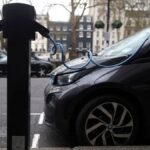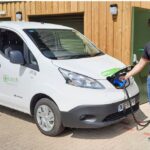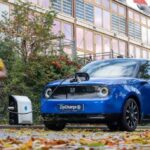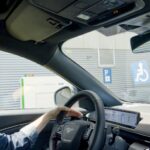10 March, 2023
0 Comments
1 category
All-electric cars, also known as electric vehicles (EVs), operate using an electric motor and a rechargeable battery pack. Here is a step-by-step breakdown of how they work:
- Battery Pack: All-electric cars are powered by a rechargeable battery pack that stores electrical energy. The battery pack is made up of a series of lithium-ion cells that are similar to those found in laptops and smartphones.
- Charger: The battery pack can be charged using an external power source, such as a wall socket or a charging station. The charger converts the electrical energy from the power source into a form that can be stored in the battery.
- Electric Motor: All-electric cars are propelled by an electric motor that is powered by the battery pack. The electric motor uses electromagnetic fields to generate torque, which turns the wheels of the car.
- Regenerative Braking: All-electric cars typically use a system called regenerative braking to convert some of the kinetic energy of the car into electrical energy that can be stored in the battery pack. When the driver applies the brakes, the electric motor acts as a generator, slowing down the car and producing electricity.
- Control System: A control system manages the flow of electricity between the battery pack and the electric motor. The control system also monitors the state of the battery pack to ensure that it is functioning properly and to prevent overcharging or overheating.
- Power Electronics: Power electronics are used to manage the flow of electricity between the battery pack and the electric motor. The power electronics also control the speed and torque of the electric motor.
- Thermal Management System: The thermal management system helps regulate the temperature of the battery pack and electric motor to ensure that they operate within safe temperature ranges. This system also helps to extend the lifespan of the battery pack.
- Onboard Charger: The onboard charger is responsible for converting the AC power from an external charging source into DC power that can be stored in the battery pack.
- Vehicle Control Unit: The vehicle control unit (VCU) is the brain of the electric vehicle. The VCU monitors and controls all aspects of the vehicle’s operation, including the battery pack, electric motor, power electronics, and thermal management system.
Overall, all-electric cars are environmentally friendly and cost-effective due to their use of electricity as a fuel source, making them a popular alternative to traditional gasoline-powered cars.
Category: News




